- +033 2572 7171
- info@dhanvantary.com

4.5 Rating | 4500 Review

4.5 Rating | 4500 Review
Chikungunya is a viral disease that spreads through mosquito bites. It often leads to sudden fever and severe joint pain, which can make it difficult for people to move or do daily activities comfortably. The word "Chikungunya" actually comes from a local African language and means "that which bends up," describing how people bend in pain due to joint inflammation.
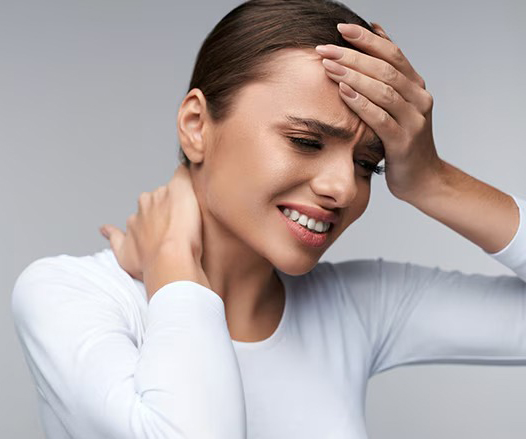
Chikungunya is defined as a viral infection caused by the Chikungunya virus (CHIKV), belonging to the Alphavirus genus and spread mainly by Aedes aegypti and Aedes albopictus mosquitoes.
Sudden onset, usually lasting a few days.
Especially in the wrists, knees, and ankles, often debilitating and lasting weeks or even months.
Additional aches can accompany joint pain.
Some people may develop a red rash on the skin.
Feeling very tired and weak is common, even after other symptoms improve.
The virus is transmitted to humans primarily through the bite of two types of mosquitoes: Aedes aegypti and Aedes albopictus. These mosquitoes bite mostly during the day and breed in standing water found in containers, tires, flower pots, etc. Once bitten by an infected mosquito, a person can start showing symptoms within 3 to 7 days.
Diagnosing Chikungunya typically involves:
The intense joint pain, fatigue, and stiffness characteristic of Chikungunya are seen as signs of Vata dosha imbalance. Vata governs movement, including joint and nerve function, so when it is disturbed, it can cause severe pain and restricted movement.
Fever, skin rash, and inflammation point toward Pitta dosha imbalance. Pitta controls metabolism, heat, and inflammation in the body, so when out of balance, it leads to symptoms like high fever and skin conditions.
Chikungunya's joint pain and fever are similar to Sandhigata Vata (joint-related Vata disorder) and Vata-Pitta Jwara (fever with Vata-Pitta imbalance). It can be also considered equivalent to Asthi- majjagata jwara.
Symptoms of tiredness and muscle pain after the acute phase may align with the concept of Dhatukshaya, which suggests depletion of bodily tissues and energy.
Since mosquitoes transmit Chikungunya, Ayurveda emphasizes preventive care like:
Strengthening immunity with Rasayanas (rejuvenating herbs) and lifestyle practices that build resistance against infections.
Using natural insect repellents such as neem oil, tulsi, or lemongrass around the home environment.
Detox therapies like Panchakarma, specifically Abhyanga (oil massage) and Swedana (steam therapy), help relieve joint pain, stiffness, and detoxify the system.
A Vata-Pacifying diet, including warm, cooked foods and spices like ginger, turmeric, and black pepper, helps in reducing inflammation and pain. Avoiding cold, dry, or very spicy foods is recommended to avoid further aggravation.
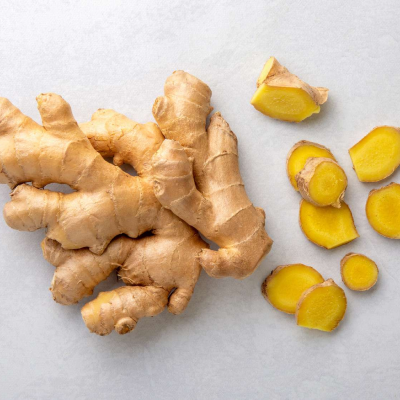
Ginger, known as Shunthi in Ayurveda, is warming, anti-inflammatory, and aids in digestion.
Benefits: Reduces inflammation, alleviates pain, and supports the immune system.
Use: Fresh ginger tea or powdered ginger mixed with honey is commonly used for relief.
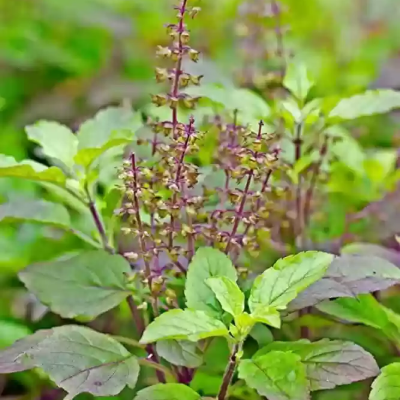
Holy Basil, or Tulsi, has antiviral, immune-boosting, and anti-inflammatory properties.
Benefits: Reduces fever, boosts immunity, and aids in respiratory health.
Use: Tulsi leaves can be used in tea or taken as an extract. Consuming a decoction of Tulsi, black pepper, and ginger can help with symptoms.
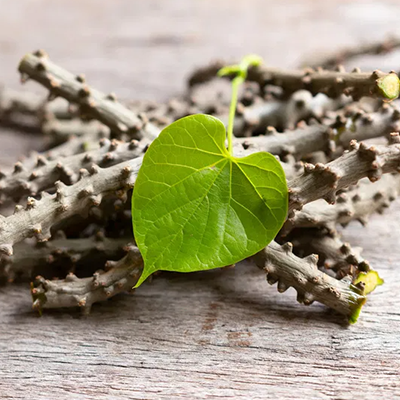
Known as "Amrit" or “the root of immortality,” Guduchi is a potent immuno-modulator and antipyretic (fever-reducing) herb.
Benefits: Reduces fever, boosts immunity, and alleviates joint pain and inflammation.
Use: Guduchi juice or capsules are often recommended, or a decoction can be prepared with its stems.
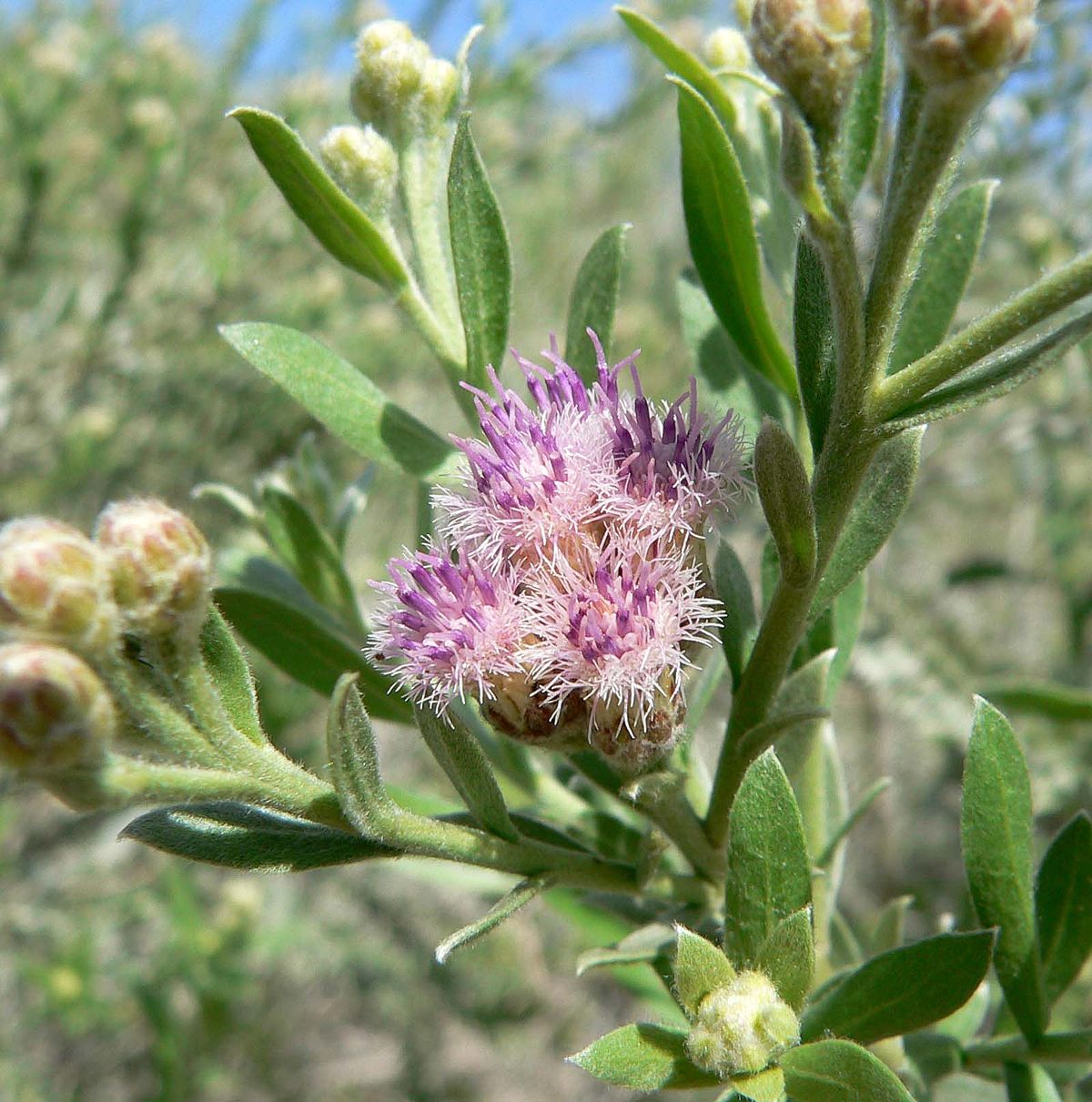
Rasna is beneficial for joint pain and stiffness associated with Vata disorders.
Benefits: Relieves pain and reduces stiffness in joints and muscles.
Use: A decoction of Rasna leaves or powder mixed with water can be taken.
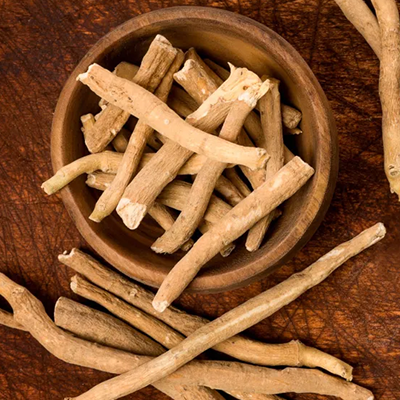
Ashwagandha is an adaptogenic herb known for its rejuvenating and Vata-balancing effects.
Benefits: Helps with muscle and joint pain, reduces fatigue, and strengthens the body.
Use: Ashwagandha powder or capsules are typical ability ly taken daily, often with warm milk or water.
